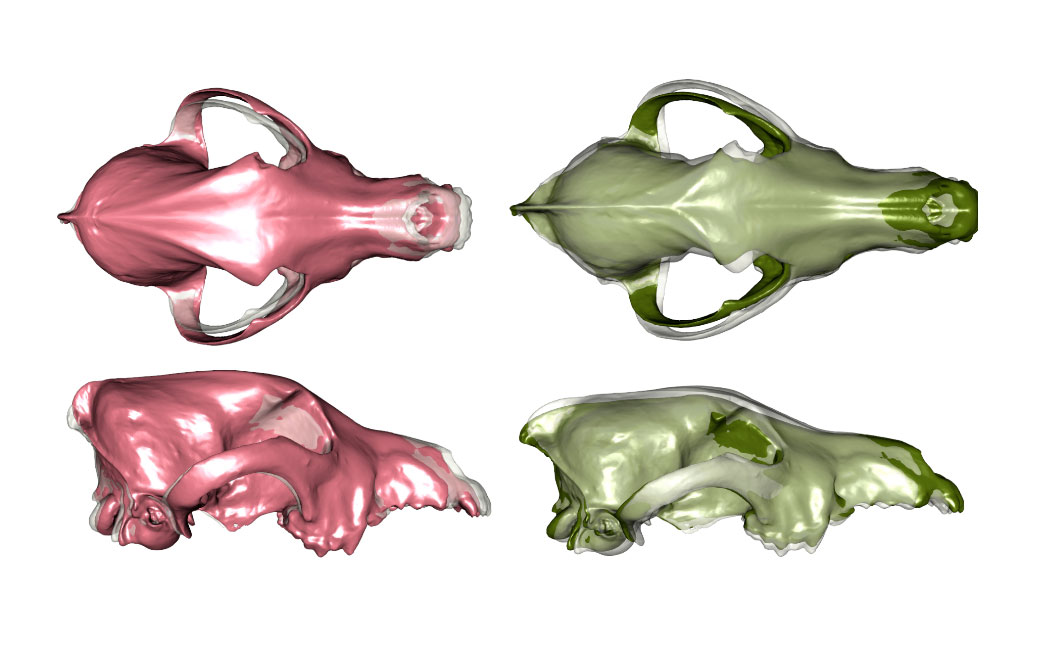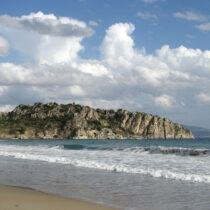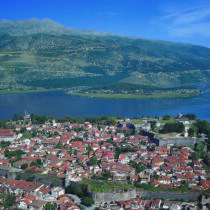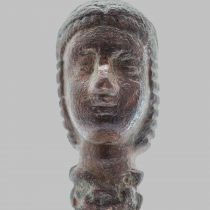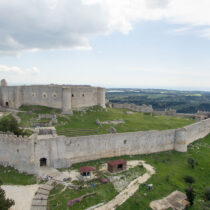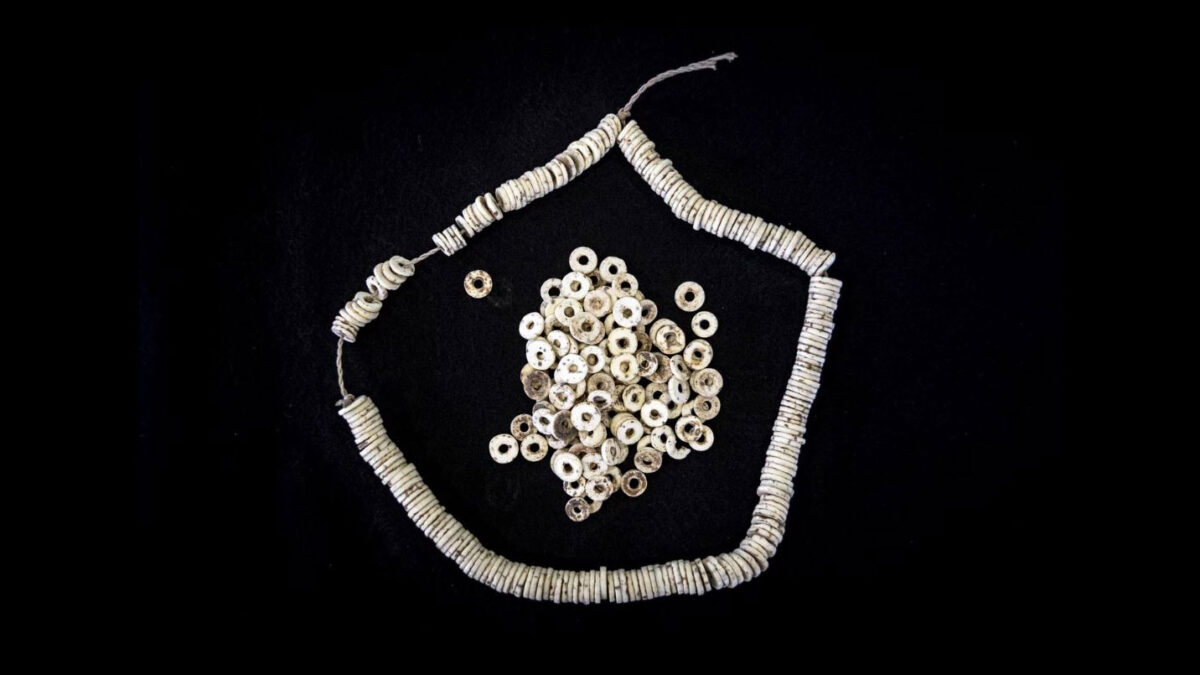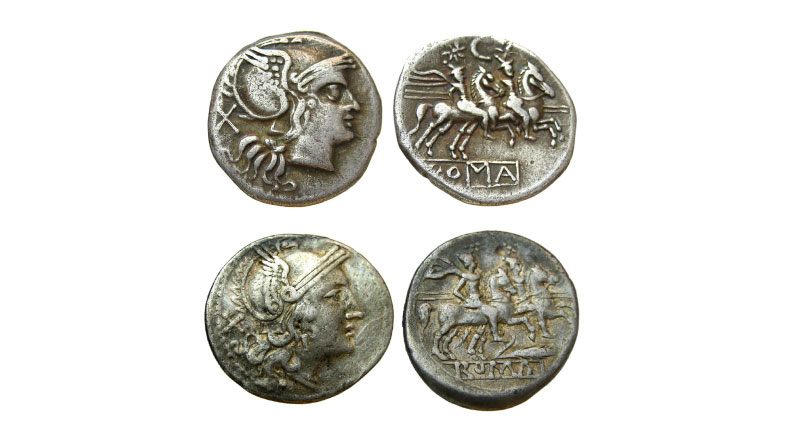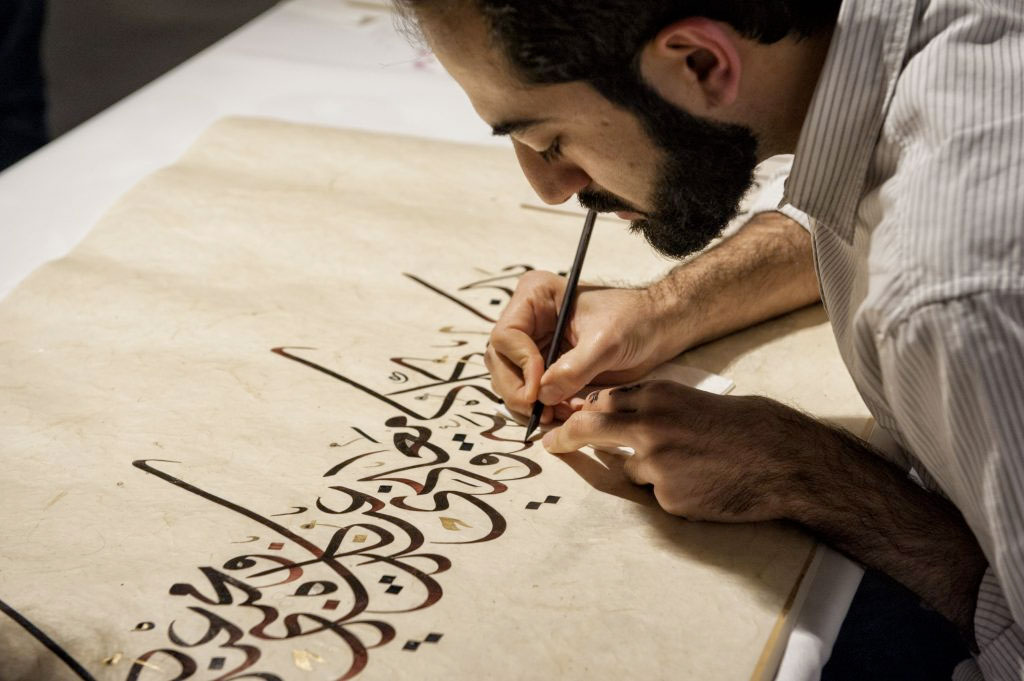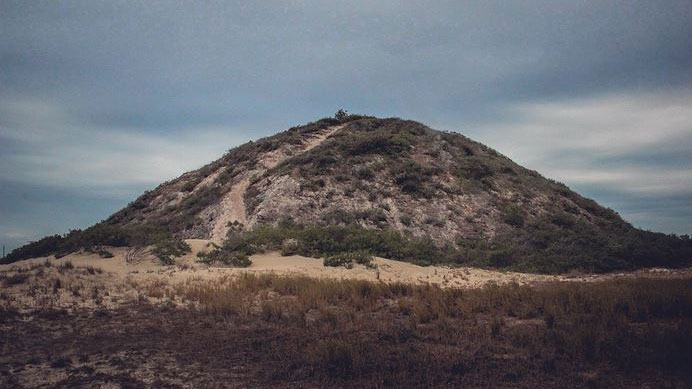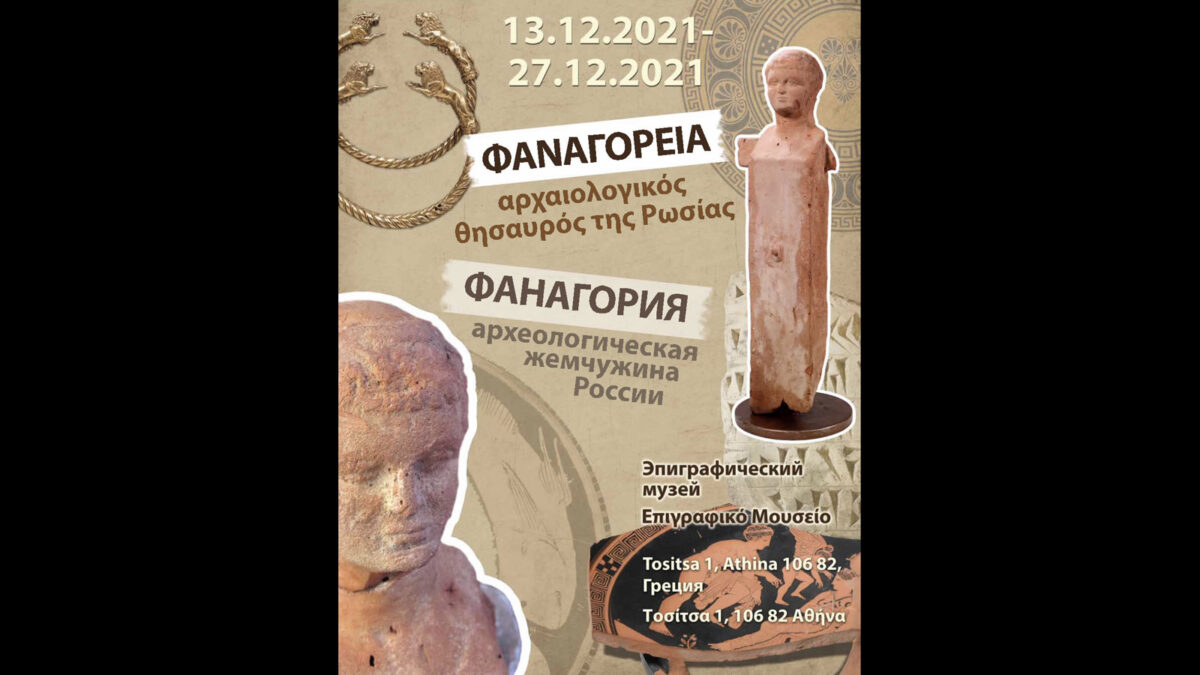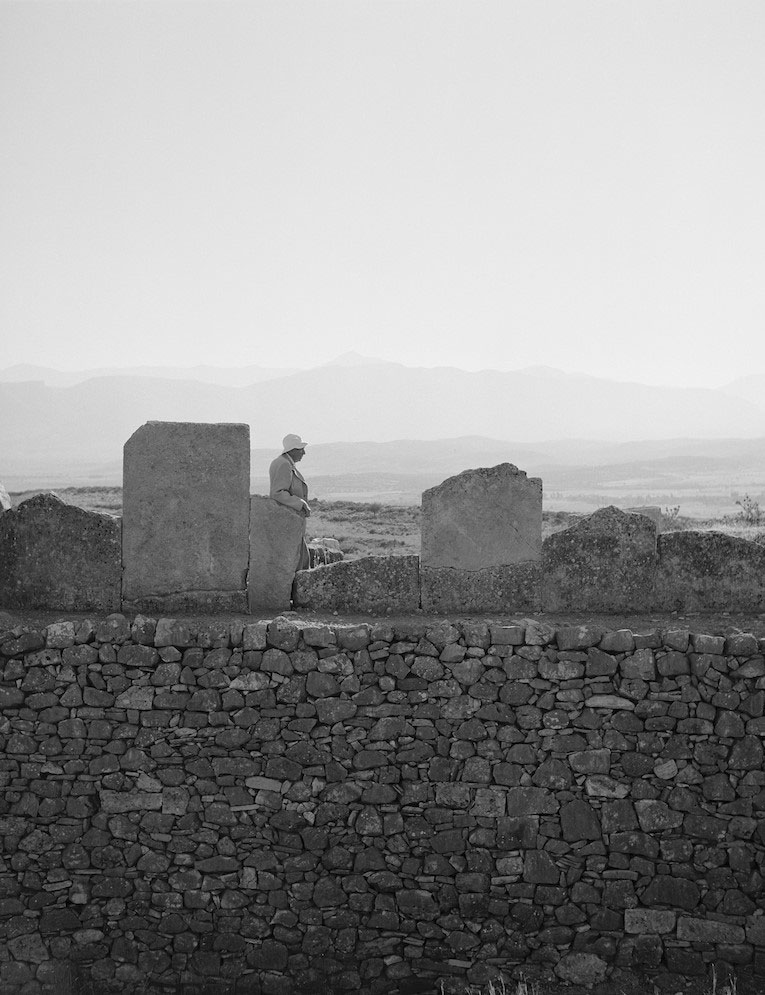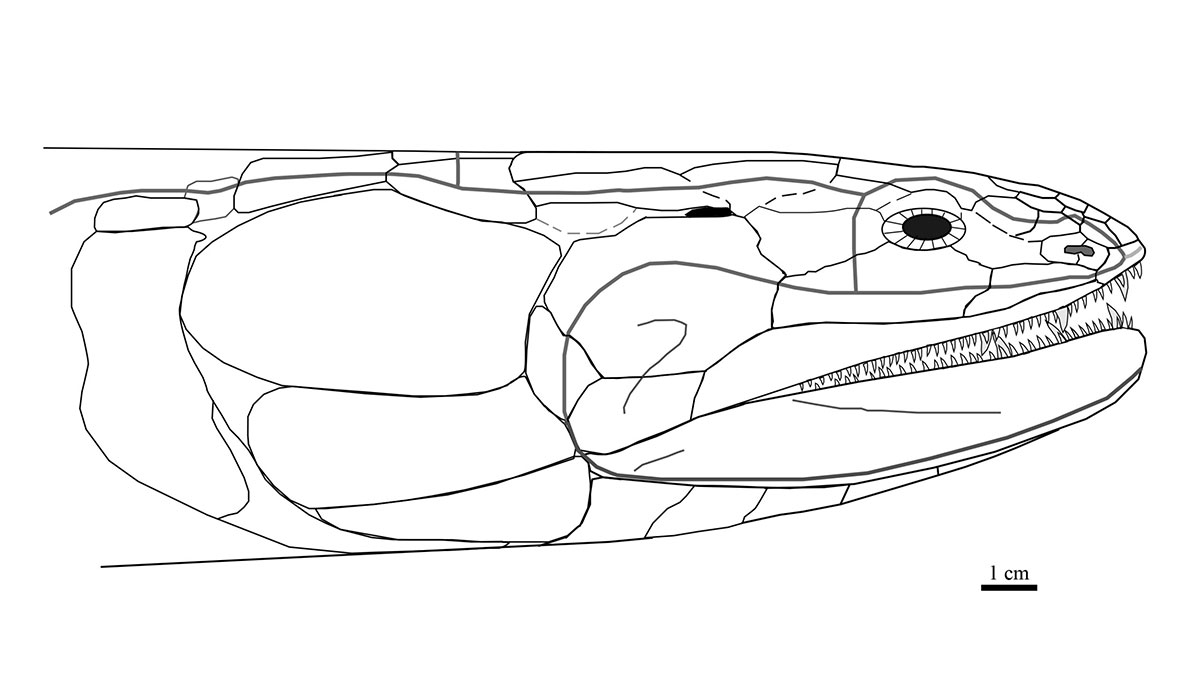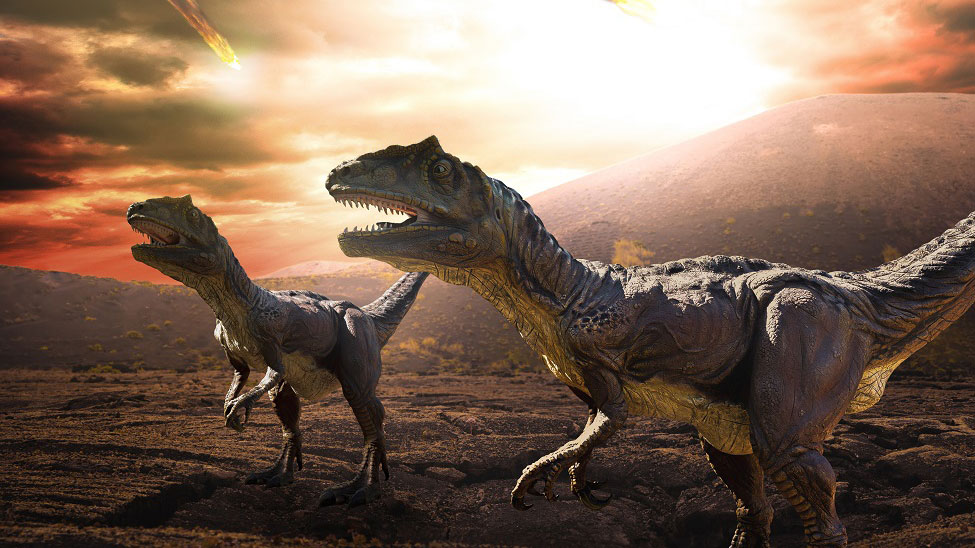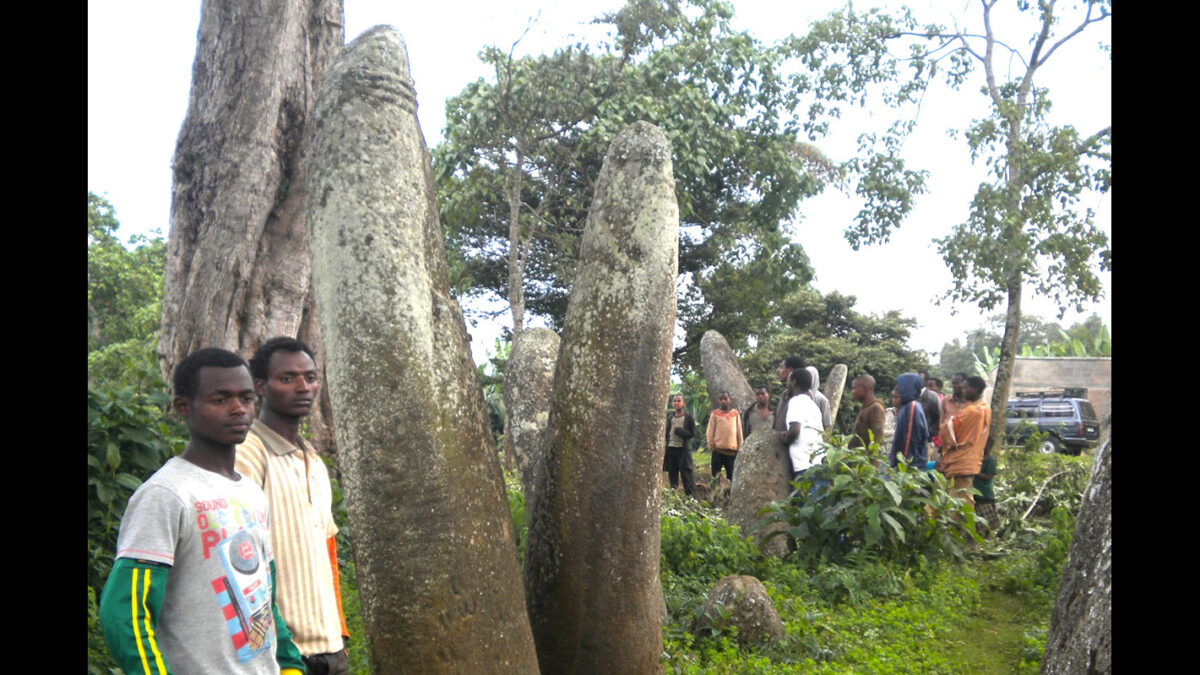Ostrich eggshell beads reveal 50,000-year-old social network across Africa
New archeological study shows ancient connection between populations 3,000 km apart, and provides first direct link between climate change and ancient human social behavior.
N. Ch. Stampolidis and I. D. Fappas (eds.), Kallos. The ultimate beauty
Review of the catalogue of the exhibition held in the Museum of Cycladic Art from September, 2021 to January, 2022.
Discovering sources of Roman silver coinage from the Iberian Peninsula
A new study determines which locations of the Iberian Peninsula may have been mined for silver to produce Roman coinage.
No longer just ‘famine food’ and the ‘fish of death’
Study aims to rewrite the reputation of limpets and ensure their significance to human civilisations is truly and accurately recognised.
Humans reached North Atlantic Islands centuries earlier than thought
New evidence from the bottom of a lake in the remote North Atlantic Faroe Islands indicates that an unknown band of humans settled there around 500 AD—some 350 years before the Vikings.
Arabic calligraphy is an Intangible Heritage of UNESCO
“Arabic calligraphy is the artistic practice of handwriting Arabic script in a fluid manner to convey harmony, grace and beauty.”
Sea level fall led to the decline of pre-Columbian societies 2,000 years ago
Sea level changes caused the decline of one of the longest pre-Columbian coastal societies of the Americas 2000 years ago, known as Sambaqui.
Phanagoria, Russia’s archaeological treasure
The photography exhibition opened on Monday, December 13 at the Epigraphic Museum.
Three Assistant Professorships in Classics at Cambridge
The Faculty of Classics is seeking to appoint three University Assistant Professors (formerly known as University Lecturers) in Classics from 01 September 2022.
Bridge to the Doctorate Program at the University of Virginia
The program is currently welcoming applications for 2022–23, with a deadline of March 1, 2022.
Lexicalisation and Grammaticalisation in Greek and Latin
The UCL Department of Greek and Latin is pleased to announce an International Conference held at University College London on the 1st-2nd April 2022.
Become a modern encyclopedist
A Highschool Student Competition for writing Encyclopedia Entries on the Greek Revolution of 1821 is being organized by the Onassis Foundation and the Onassis Library.
Mycenae: From Myth to History
The Museum of Classical Archaeology in Cambridge is pleased to announce that an online version of the exhibition Mycenae: From Myth to History is now available.
Europe’s earliest female infant burial reveals…
Working in a cave in Liguria, Italy, an international team of researchers uncovered the oldest documented burial of an infant girl in the European archaeological record.
“The Exodus” by Theodoros Papagiannis pays tribute to the 1821 Revolution
It is an installation in which the sculptor creates the characters according to his own aesthetics and recalls the values of 1821 and the struggle for Freedom.
Ancient fish had a ‘big brain’
CT scanning of fish fossil has given new insights to explain how fish first left the water to invade land about 370 million years ago.
Researchers find climate change record in clam shells
For the first time, researchers identified the monthly, and even weekly, ocean temperatures recorded in smooth clam shells.
Fotografiska plans to become the largest private museum in the world
The Swedish Fotografiska Museum is adding three new locations to its three existing ones in Stockholm, Tallinn and New York.
Two new tombs from the Saite period discovered in Oxyrhynchus
The archaeological mission of the Institute of Ancient Near East Studies of the Universitat de Barcelona at the site of Oxyrhynchus (Egypt), led by researchers Maite Mascort and Esther Pons, has made a series of important discoveries.
A 13th century figure with falcon found in Oslo
A carved figure of a person in robes and crown with a falcon perched on his arm was unearthed during excavation the medieval town of Oslo.
Dinosaurs’ last spring: Study pinpoints timing of Chicxulub asteroid impact
Study confirms time year the Chicxulub asteroid, responsible for the extinction of dinosaurs and 75 percent of life on Earth.
47 antiquities returning to Greece from the Steinhardt collection
Among them are a Minoan larnax/chest shaped coffin, the torso of a kouros, a bronze griffin bust, Cycladic vessels, figurines and bronze swords.
Byzantine Gold Coins in the World of Late Antiquity
Byzantine gold coinage was immensely important in the political, social, and cultural life of the Near East and the Western Mediterranean during Late Antiquity and into the Middle Ages.
Ethiopian monuments 1,000 years older than previously thought
Rising as high as 20 feet, ancient stone monoliths in southern Ethiopia are 1,000 years older than scientists previously thought, according to a new study in the Journal of African Archaeology.
